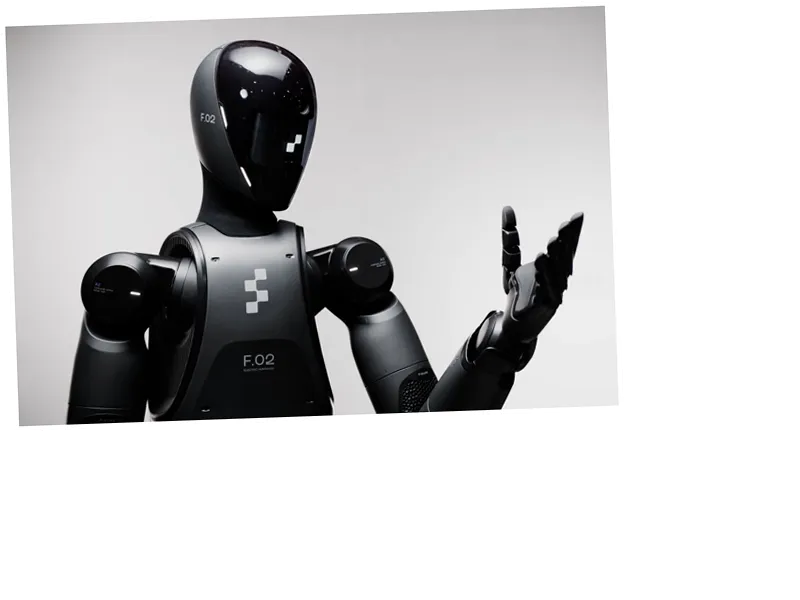BMW Tests Innovative Humanoid Robot 'Figure 02' in Production Line
BMW is making strides in the automation of its production processes by testing its latest humanoid robot, the 'Figure 02', developed by the startup Figure. This advanced robot has successfully performed complex tasks traditionally executed by human workers, such as placing metal sheet parts into a car's body. The robot's ability to operate independently and handle tasks that require precise coordination marks a significant advancement in industrial robotics.
The Rise of Humanoid Robots in Various Industries
The introduction of the 'Figure 02' is part of a larger trend in the robotics industry, where companies like Tesla, Amazon, and Hyundai are investing heavily in humanoid robots. These robots are designed to mimic human movements and can potentially transition from industrial applications to commercial and domestic settings. With advancements in AI technologies, such as verbal communication and vision-based reasoning, these robots could revolutionize sectors like customer service, healthcare, and even household chores.
Implications for Employment and the Future of Work
The integration of humanoid robots like the 'Figure 02' into the workforce raises important questions about the future of employment. While these robots may alleviate labor shortages and perform hazardous tasks, their widespread adoption could lead to job displacement for human workers. However, the production and maintenance of these robots could also create new job opportunities, suggesting a need for a balanced approach to the evolving relationship between humans and robots in the workplace.
- Humanoid robots are not just confined to manufacturing; they are being developed for various applications that require interaction with humans. For instance, Tesla's 'Optimus' robot is designed with the potential to transform multiple industries, echoing Elon Musk's vision of a future where robots play a significant role in everyday life. Furthermore, as the market for humanoid robots is projected to reach $38 billion in the coming decades, industries must prepare for a shift in workforce dynamics, emphasizing the importance of reskilling and adapting to new technologies.






